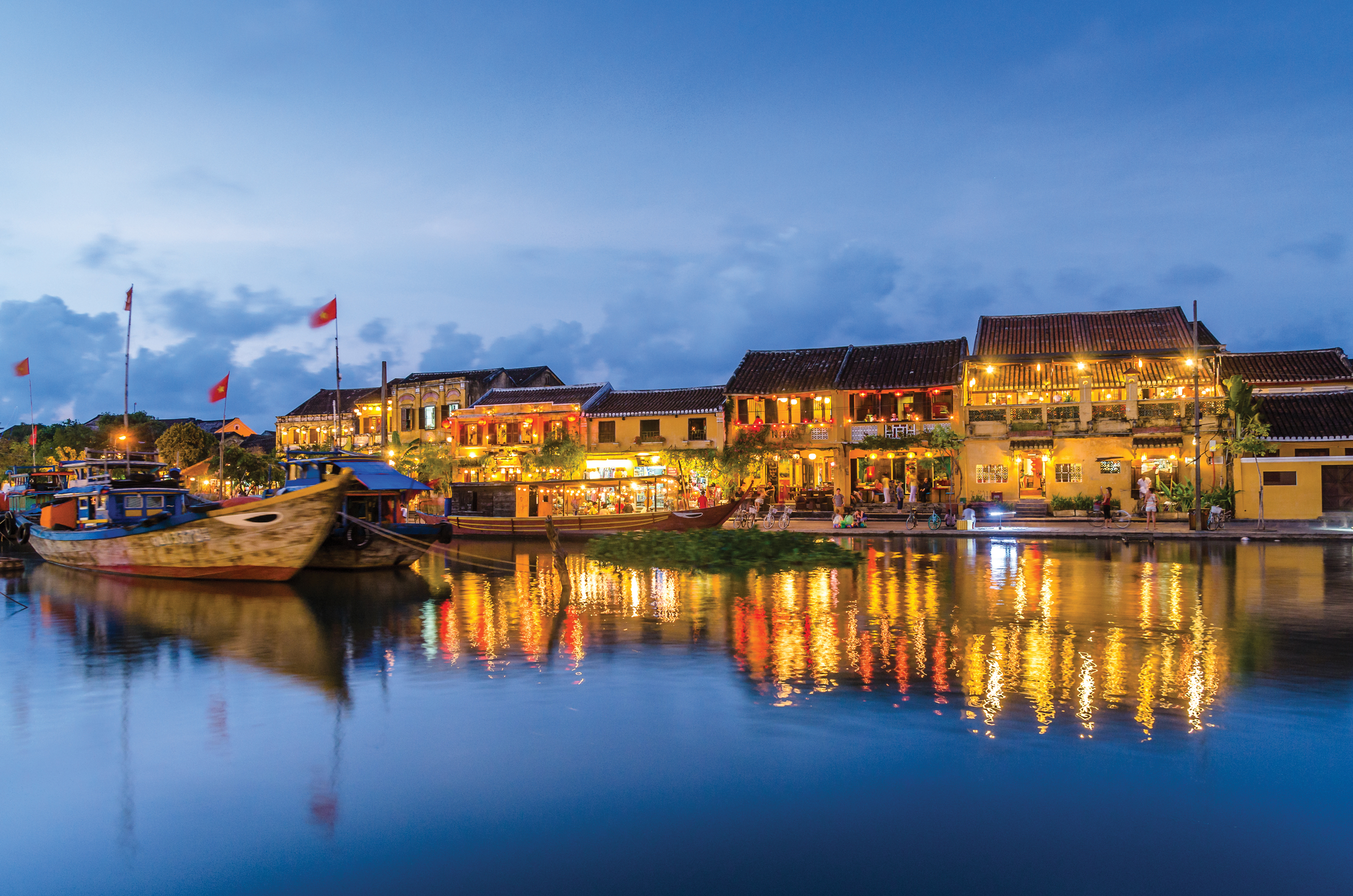
Hue
As the former capital of the last royal dynasty of Vietnam, Hue is easily the best place in Vietnam to soak up a bit of imperial history – and it’s a great jumping-off point for visiting the war sites at the former border of North and South Vietnam.
Why visit Hue? The modern city is pleasant enough but unremarkable. It has a nice riverside location, a few relaxed bars, and stellar food – but none of that’s unusual in Vietnam. No, the reason you come to Hue is to experience history brought to life.
Hue came to prominence when Emperor Gia Long founded the Nguyen Dynasty in 1802. In an attempt to unite both North and South Vietnam, the emperor selected Hue as the dynasty's seat and built a huge Citadel modelled on the legendary Forbidden City in Beijing. Today, a fraction of the original Citadel is left, pocked and scarred by the fighting that occurred here during the Vietnam War, but it remains the most complete and impressive example of imperial architecture in Vietnam.
Architecture aside, what we find most interesting about a visit to Hue is learning about the little details of life during the reign of the Nguyen emperors. It’s reading concubines’ secret recipes for blush powder and skin whitening serums at a former emperor’s French-colonial residence. It’s perusing an intimate collection of day-to-day items once used by King Minh Mang at the Tran Dinh Son Museum. It’s joining the descendants of aristocrats at Hue’s garden houses to taste dishes once served at the imperial court, and travelling out to the countryside to visit magnificent tombs whose sheer expense nearly led the city to revolt.
In addition to all this imperial history, Hue is a convenient staging point to visit the DMZ, or Demilitarised Zone, the border along which Vietnam was divided between1954 and 1976. Here, you can go down into the Vinh Moc Tunnels – a series of chambers and passageways 30 metres beneath the ground which was home to a whole village during the war. Hearing the stories of these sixty families – none of whom lost their lives, thanks to the tunnels – is as inspiring as it is chilling.




